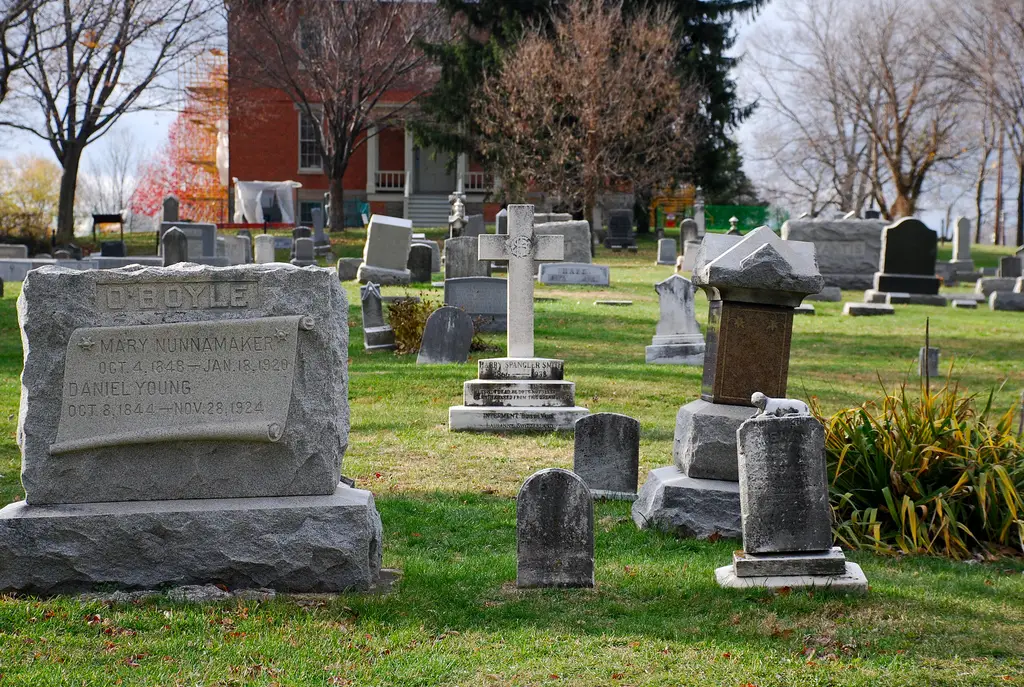Twenty of the world’s leading urban artists will descend on Limerick city, a city in the Mid-Western region of Ireland, over the coming months as the city continues to embrace a genre once seen as taboo by traditional mindsets. Draw Out is the brainchild of Catherine O’Halloran, a Senior Youth Worker at the Northside Family Resource Centre in Ballynanty. I recently met with Catherine to discuss the project which is set to radically change how we interact with Limerick’s urban landscape.
Draw Out was conceived when Catherine O’Halloran started to incorporate urban art as a tool within her own practice. Initially it was a hard sell. The negative perception of urban art or ‘graffiti’ was something she found difficult to change. Catherine identified the need for real discourse to help capture the language that communities needed in order to get their points across. She recognised the value of urban art as a powerful tool in ‘regenerating’ urban space as well as empowering consciousness within communities.
Catherine always considered herself quite radical in her approach and the birth of the Draw Out project now enabled her to interact with many like-minds who would accompany her on the journey.
“I was sick of talking”, she says. “Urban art allows us to speak louder than years of negotiating around a boardroom table. The pieces speak more to the community than any amount of verbal dialogue. We are in a place where it is now possible to challenge the perceptions of what the general public think urban art means and how it can impact on our urban landscape”.
During the initial stages Catherine questioned if she would never come to a point where she could convince the powers that be to give a platform to show how work of this scale can transform how we interpret and interact with our urban spaces.
“Where there are so many derelict sites in the area you can easily become desensitised to your surroundings”, she says. “My turning point was when we were given the go-ahead to create a large scale urban art project on a derelict site on Thomas St in the city centre. The artist here was DMC, an intuitive and considerate artist when it comes to the site and its surroundings”.

Catherine’s link with community and community development tied in with DMC’s way of thinking and working. They both started to raise questions around what shapes our attitudes to love and relationships.
“To find yourself in the city centre and suddenly find the urban landscape interrupted by something that asks questions about inherent love – this is the legacy of the piece. It has given the urban space and the piece of art a lifeline”, she adds.
The Thomas St work was one of the largest urban art pieces that DMC had worked on. In fact many of the pieces currently being created in Limerick are the largest scale projects that all the artists have ever been tasked with. Despite being daunting they have posed a challenge that is being wholeheartedly embraced. The Thomas St project allowed the team to realise the potential of doing more in the city and becoming even more ambitious with the sites. Catherine gives particular credit to Paul Foley from the Limerick Local Authority.
“Paul has been one of the most courageous supports I have ever come across”, she says. “His ability as a local authority representative to really take a risk for the benefit of the city is to be highly commended. His vision and courage made my dream a reality. Imagine every day coming up against bring walls and encountering people who kept saying “no” and suddenly find someone who not only said “yes” but who saw the value in making it happen. Paul’s approach helped to build trust with others who may have had initial reservations”.

Urban art practitioners from around the world now see Limerick as a place where “cool things are happening”.
“What they are seeing in Limerick is a place where everybody seemed to have a desire to make things better”, Catherine says. “That is an exciting platform from which to start new work. These artists are socially conscious, spiritual individuals with a keen sensitivity when it comes to people, place and history”.
The Draw Out project advanced to a new stage. Three well-known artists – Smug, Fikos Antonious and JMK – were based at a site near King John’s Castle in the city. Fikos Antonious paints Grecian Byzantine work and uses the fine art acrylic technique. His work is unusual in so far as he uses acrylic brushes to create large scale urban pieces.
Smug is one of the most well-known portraiture graffiti artists on the planet. Coming from Australia his work has been seen frequently in Sydney which is also home to some of the greatest talents in the urban art world scene.
The most significant project to date has been through the artist Maser who completed work on a derelict site on Parnell St, the location of a former petrol station. This was seen as the poster piece to launch the 2014 plans.

“I had a vision as to how Maser might interpret the site,” says Catherine. “After some discussion it was clear they were with a similar voice. The resulting work took seven days to complete resulting in a piece which has changed the perception of what is possible with any urban space from an artistic perspective”.
The Draw Out project is now focused on the concept of urban ‘regeneration’ a word which has been sullied in Limerick in recent years. The use of urban art to re-imagine a space involves taking all of the broken pieces and using them to create something new. The Draw Out project is attempting to see the potential for re-energising tired and vacant urban spaces.
In March 2014 twenty urban artists from around the world commenced new works as part of the project which is supported through City of Culture funding. Many of these artists have never been in the same city at the same time. The plan is to transform another 20 derelict sites across the city. The project has the potential to position Limerick city as a leading player in the up and coming world of urban street art, the fastest growing art movement in the world.

Nigel Dugdale is Retail and Events Coordinator at Limerick Chamber.
Photos: Nigel Dugdale


